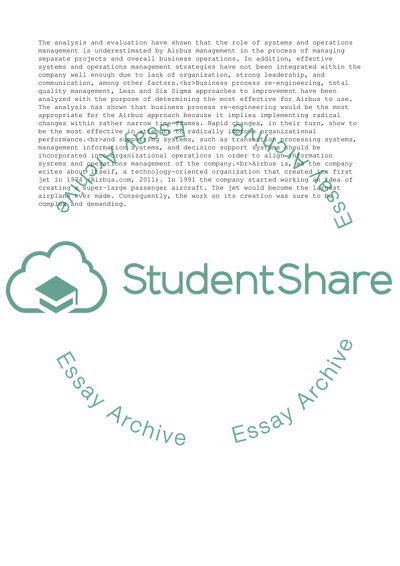Cite this document
(The Troubled History of the Airbus A380 Essay Example | Topics and Well Written Essays - 3000 words - 5, n.d.)
The Troubled History of the Airbus A380 Essay Example | Topics and Well Written Essays - 3000 words - 5. Retrieved from https://studentshare.org/business/1752176-systems-and-operations-management
The Troubled History of the Airbus A380 Essay Example | Topics and Well Written Essays - 3000 words - 5. Retrieved from https://studentshare.org/business/1752176-systems-and-operations-management
(The Troubled History of the Airbus A380 Essay Example | Topics and Well Written Essays - 3000 Words - 5)
The Troubled History of the Airbus A380 Essay Example | Topics and Well Written Essays - 3000 Words - 5. https://studentshare.org/business/1752176-systems-and-operations-management.
The Troubled History of the Airbus A380 Essay Example | Topics and Well Written Essays - 3000 Words - 5. https://studentshare.org/business/1752176-systems-and-operations-management.
“The Troubled History of the Airbus A380 Essay Example | Topics and Well Written Essays - 3000 Words - 5”, n.d. https://studentshare.org/business/1752176-systems-and-operations-management.


